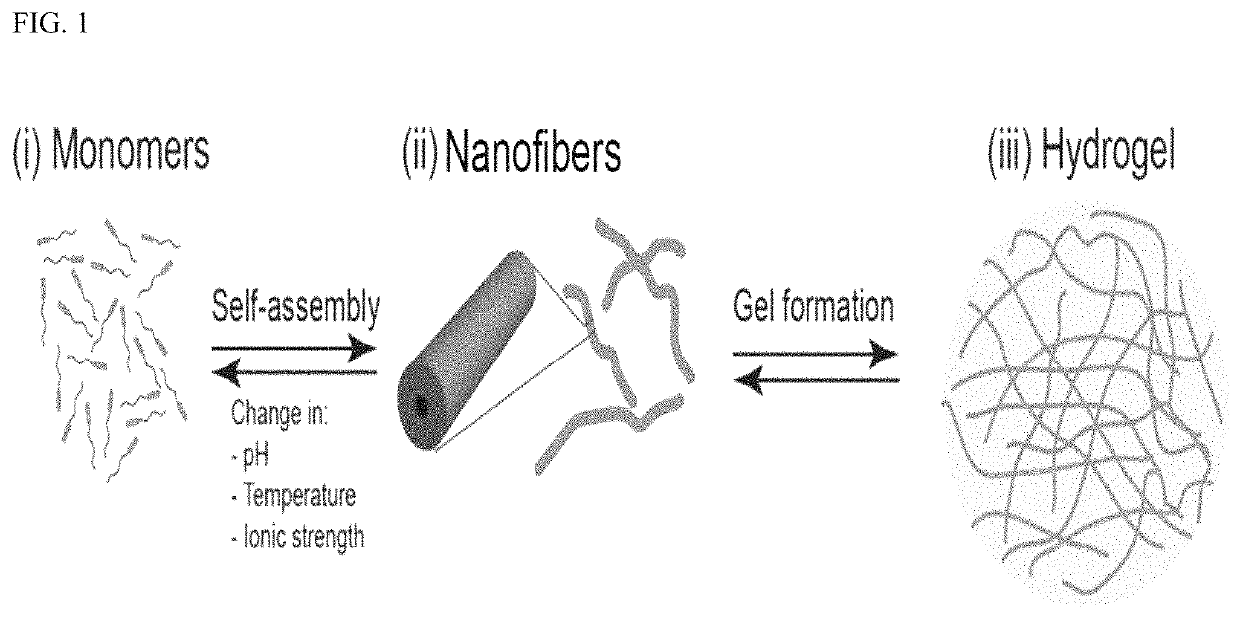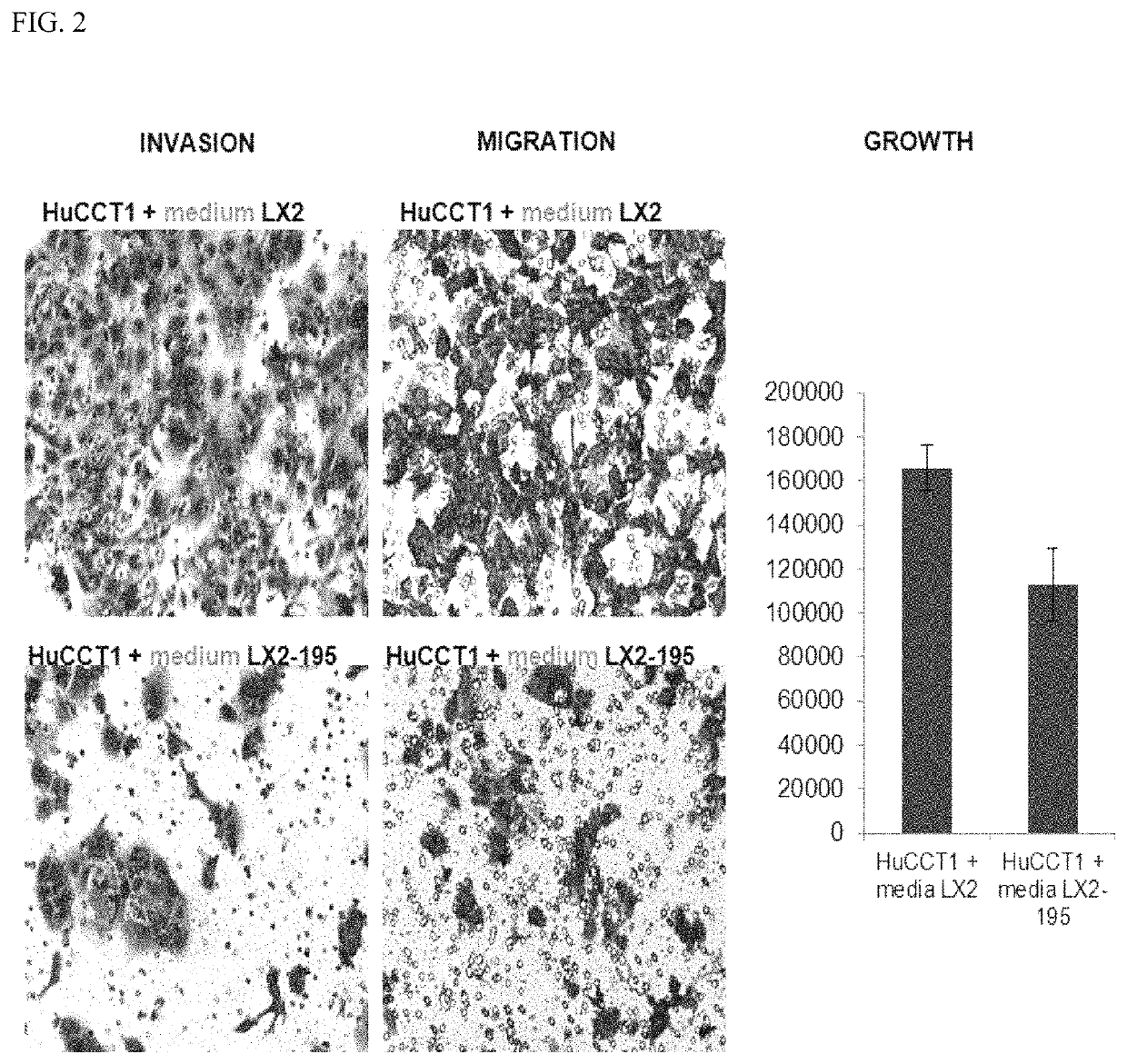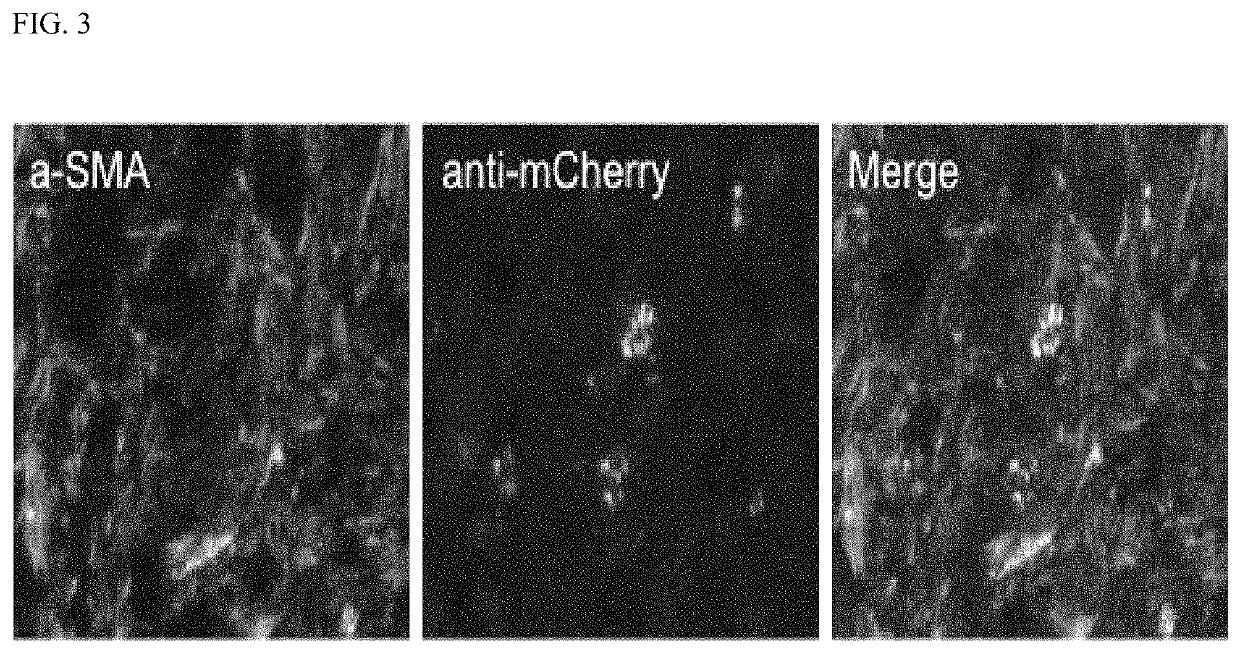Device and method to treat esophageal disorders
a technology for esophageal disorders and devices, applied in the direction of drug compositions, gene material ingredients, aerosol delivery, etc., can solve the problems of insufficient risk of patients with previously regressed lgd, insufficient risk of lgd patients to justify very invasive and complication, and currently have no therapeutic options, so as to achieve the effect of suppressing one or more eac pathways
- Summary
- Abstract
- Description
- Claims
- Application Information
AI Technical Summary
Benefits of technology
Problems solved by technology
Method used
Image
Examples
examples
[0094]The following Examples have been included to provide guidance to one of ordinary skill in the art for practicing representative embodiments of the presently disclosed subject matter. In light of the present disclosure and the general level of skill in the art, those of skill can appreciate that the following Examples are intended to be exemplary only and that numerous changes, modifications, and alterations can be employed without departing from the scope of the presently disclosed subject matter. The following Examples are offered by way of illustration and not by way of limitation.
Selection of the Best Therapeutic miRs
[0095]The inventors will select 6 therapeutic ts-miRs (miRs with sequentially decreasing expression during progression from BE to dysplasia to frank cancer) based on the inventors own BE-EAC field defect miR expression data. The inventors will first validate miRs they have selected based on a comprehensive survey of the literature showing tumor-suppressive effe...
PUM
| Property | Measurement | Unit |
|---|---|---|
| time | aaaaa | aaaaa |
| distance | aaaaa | aaaaa |
| size | aaaaa | aaaaa |
Abstract
Description
Claims
Application Information
 Login to View More
Login to View More - R&D
- Intellectual Property
- Life Sciences
- Materials
- Tech Scout
- Unparalleled Data Quality
- Higher Quality Content
- 60% Fewer Hallucinations
Browse by: Latest US Patents, China's latest patents, Technical Efficacy Thesaurus, Application Domain, Technology Topic, Popular Technical Reports.
© 2025 PatSnap. All rights reserved.Legal|Privacy policy|Modern Slavery Act Transparency Statement|Sitemap|About US| Contact US: help@patsnap.com



